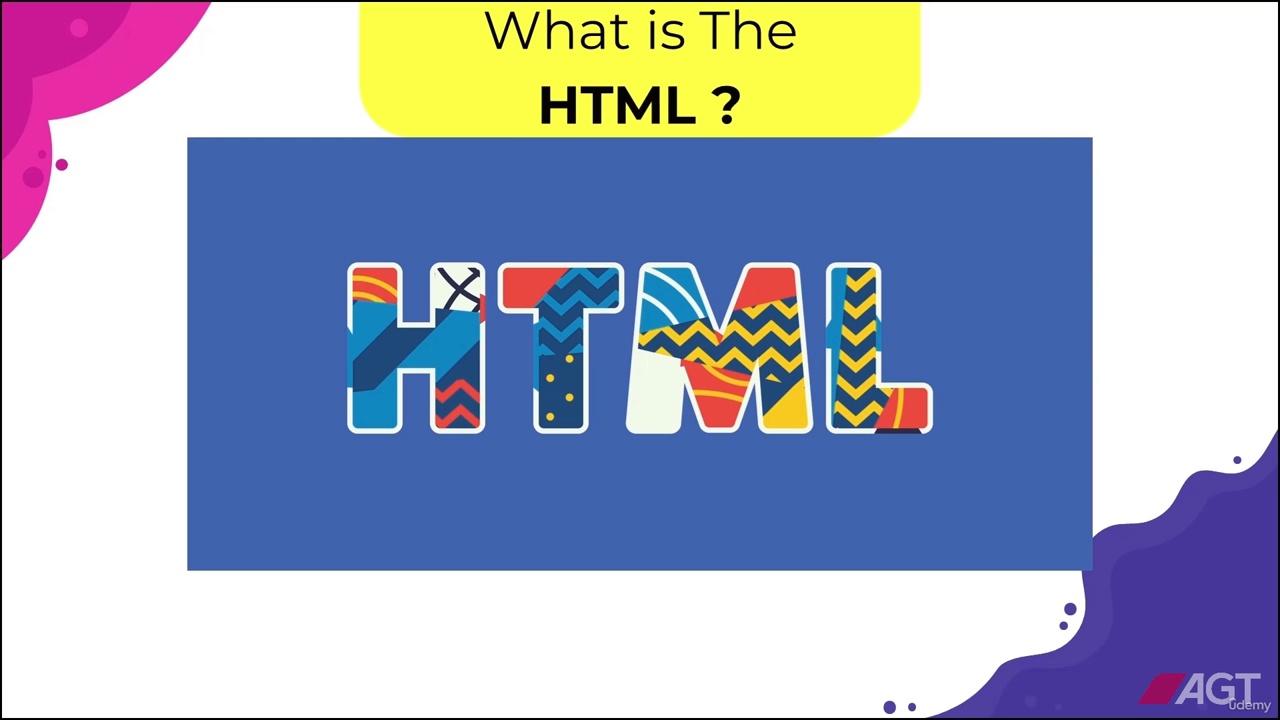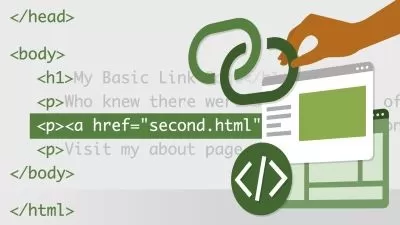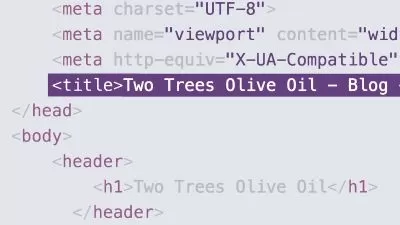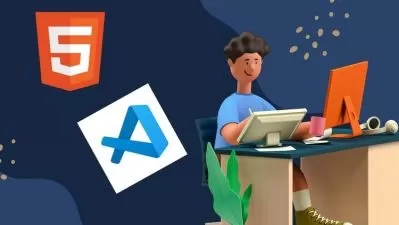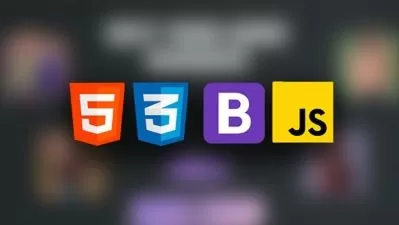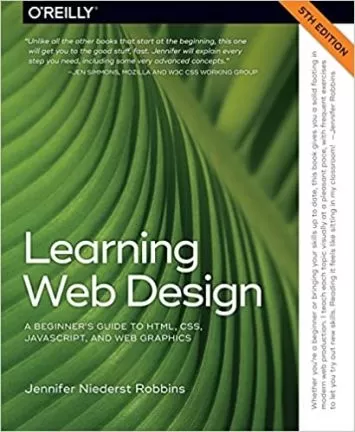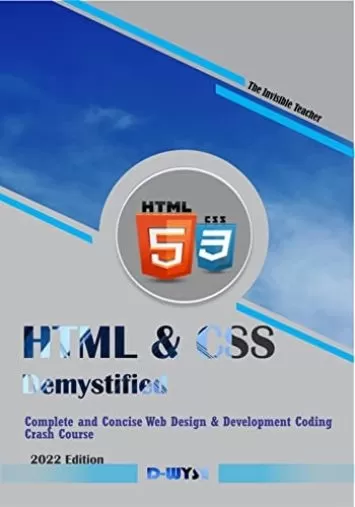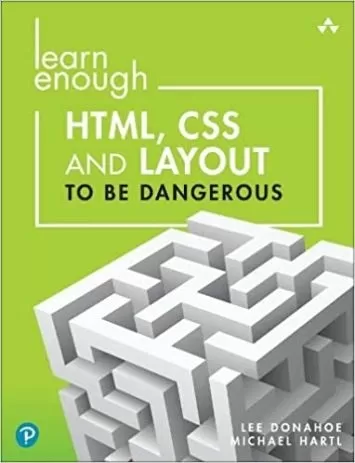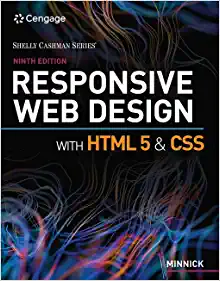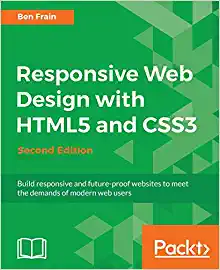About HTMLLearn More
Hypertext markup language (HTML) is the foundational computer code used to create web pages. HTML is used by web developers, email marketers, and many others for various purposes, from adding character to text fonts to creating entire sites. Without HTML, none of it would be possible. HTML training can provide you with fundamental web building knowledge.
Sort by:
Sorting
The newest
Most visited
Course time
Subtitle
Filtering
Courses
Subtitle

Udemy


Trevoir Williams
Introduction To Website Development Technologies 8:24:57
English subtitles
11/06/2024

Udemy


Fabian & Pavel Coding2GO
Learn HTML and CSS in 7 Days | Web Developer Bootcamp 5:47:42
09/11/2024
Subtitle

Linkedin Learning


Jen Kramer
HTML and CSS: Creating Navigation Bars 2:17:20
English subtitles
09/11/2024
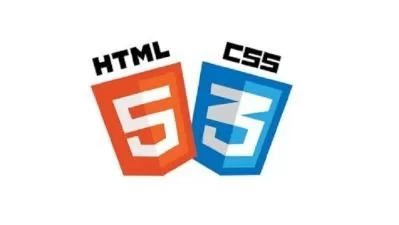
Udemy


Edurono Academy
Complete Guide to Front-End Dev-HTML, CSS & JavaScript(2024) 2:44:21
06/08/2024
Subtitle
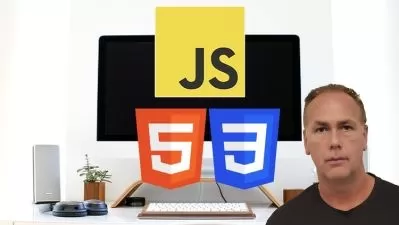
Udemy


Laurence Svekis
HTML CSS JavaScript for Beginners Modern Web Design Course 15:40:50
English subtitles
04/25/2024
Books
Frequently asked questions about HTML
HTML stands for hyper-text markup language. Whether on a mobile device or a computer, every website that you browse is designed with HTML. HTML isn’t a “programming language,” but rather a “formatting language.” It tells a browser how to display text, images, and other media elements. When HTML was first developed, it was fairly simple. For example, the text on a page could be bolded, italicized, or underlined, and images could be resized and aligned. Today, HTML is much more complex and dynamic, allowing front-end developers to create any layout or setup they desire.
HTML is a formatting language, not a programming language. Javascript is often necessary to make HTML “dynamic.” While HTML can make it so that text is displayed on the screen, Javascript can update this text or make it move. Javascript is used for both front-end and back-end development, hand-in-hand with HTML, to create complex and attractive web designs. Meanwhile, CSS (Cascading Style Sheets) are used to organize the look and feel of a website and make the website easier to update and manipulate. Today, HTML, CSS, and Javascript are frequently used to develop responsive web designs — designs that react to a user’s environment for a better user experience.
HTML is designed on a modular basis, meaning every part of the web page has a specific “place.” An HTML element is a part of the page. Common HTML elements include “” for the “title” of the page. In fact, the entirety of the HTML page is within the “<html>” element. Elements are begun and ended with tags, so a title would be written: “<title>This is the Title to the page. ” Organizing code this way makes it easier to reference and control. Each element may also have characteristics. For instance, the “
” for a “paragraph” and “
” (paragraph) tag can be aligned in a certain direction. These are the basic building blocks of HTML and what most designers should learn first.
HTML is not considered a programming language but rather a markup or formatting language. This is an important distinction. Formatting languages merely control how things are displayed on a visual level, whereas programming languages are more dynamic; they use logic gates to determine the behavior of a program. But there is some crossover. “DHTML,” for instance, refers to Dynamic HTML. It is a type of HTML augmented by Javascript to make it easier to adjust on the fly. Because HTML, Javascript, and CSS are so frequently used together, they can often be folded together, which can contribute to some confusion regarding whether HTML is a programming language.
HTML is known as one of the easiest languages to learn. It’s also one of the most ubiquitous. Many individuals interested in front-end, back-end, or full-stack development will learn HTML first. While HTML is largely intended for websites as a language, it is also used in many other programs. For example, when you create an email signature, you will usually be using HTML. Emails themselves use a combination of HTML and CSS. An advantage (and an occasional double-edged sword) to HTML is that it is very forgiving. You can get some HTML wrong, and your page will still be displayed, if not exactly how you want it to be.
Nearly any development or design job will require a cursory understanding of HTML. HTML has also evolved dramatically since it was originally developed; it is far more complex and standardized than before. Because of this, even those who have been experts in HTML during their career may need to undergo an HTML refresher periodically. Most jobs that require HTML will involve web design, web development, or layout and design. For example, someone who manages a content management system such as WordPress may not need to know any other programming languages but should still know HTML basics. Similarly, someone who formats online newsletters or an online magazine in an administrative capacity may not need to be a web designer or web developer but might need to understand the principles of HTML.
Responsive design is a new type of design intended to respond to the platform and environment that a user is on. When HTML was created, most people used PCs. Today, people can browse a website on a PC, phone, tablet, or even a game console. In the past, developers created separate sites for “desktop” and “mobile.” While it worked, it wasn't easy to maintain. Rather than creating separate sites, responsive design generates the site based on the environment it detects. This greatly reduces the amount of development and maintenance for the site. Responsive design is generally achieved with a combination of HTML, CSS, and Javascript.





